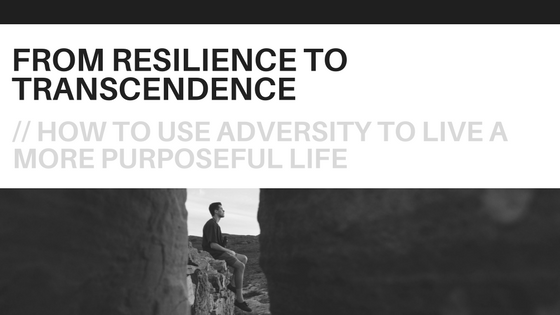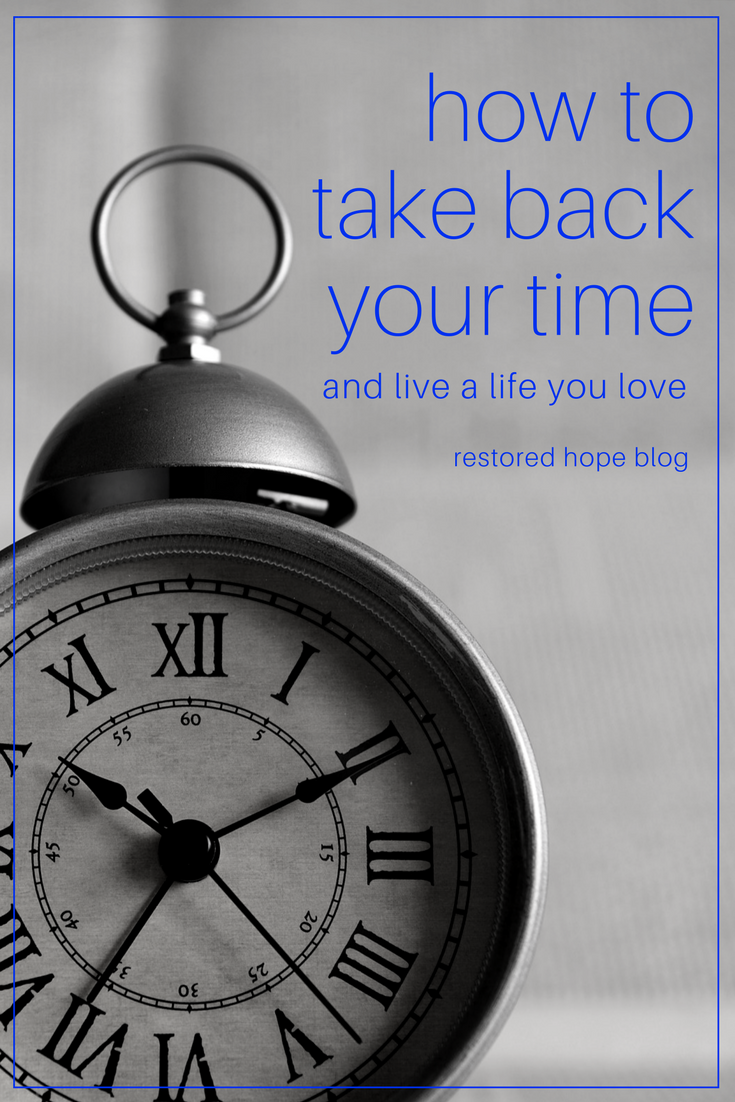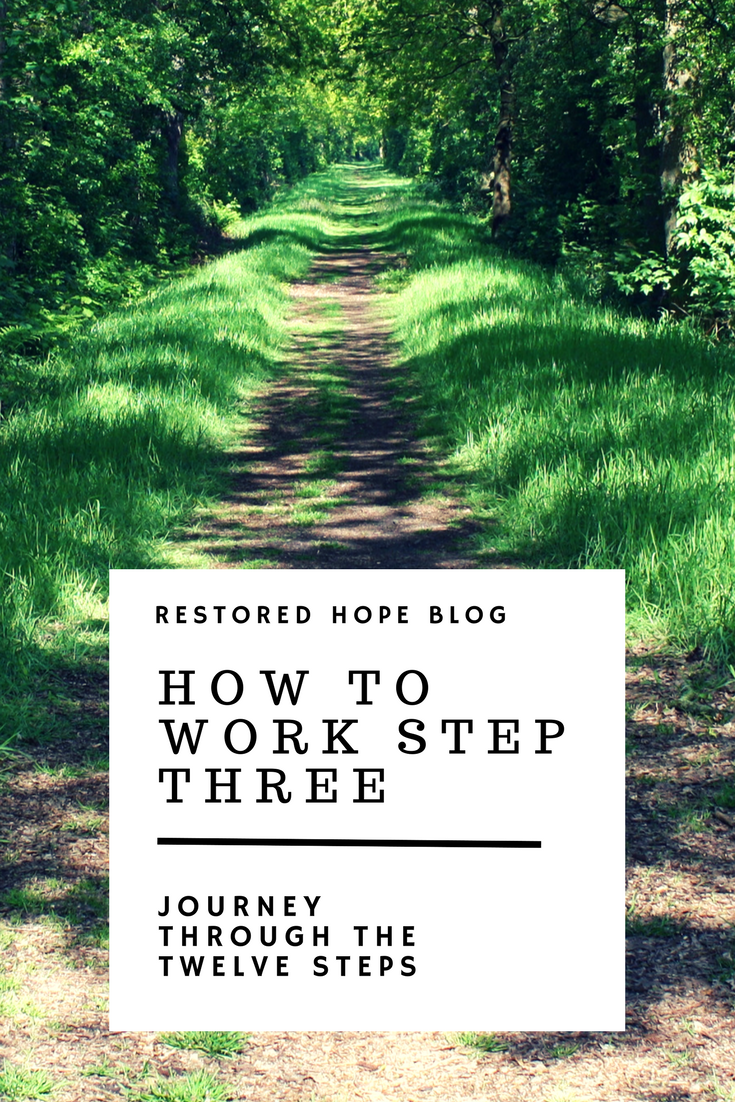How is it that some people faced with adversity or difficult life circumstances seem to thrive while others get stuck in their pain? Why do some struggle with troubling memories, bitterness, or sadness while others faced with the same circumstances seem to be more settled?
The answer to this question boils down to resilience.
In this Tedx talk, Dr. Gregg Steinberg talks about his interviews with individuals who have faced difficult life circumstances and come out stronger than before. He proposes a 5-stage process to achieve super-resilience, or transcendence. While I have some misgivings with his presentation, I believe that there are portions of what he says that we can learn from.
As a trigger warning: Dr. Steinberg tells a story about miscarriage, as well as other stories of loss. If these topics are particularly painful for you, I recommend skipping the video and reading the commentary below.
What I Do Agree With
It is possible to turn hardship into an opportunity for growth.
Pain and adversity have the potential to create significant growth in our lives. Post-traumatic growth is the concept that those who are able to endure adversity and the psychological effects of it can see positive growth. This growth is related to a broader perspective and greater understanding of themselves and the world around them.
This research is especially impactful for partners of addicts, in particular those who face sex and love addiction. For the spouse or significant other of an addict, the reality of the pain and trauma experienced after discovery can feel crippling. What worsens the traumatic response is the fact that the partner of the addict did not cause the addictive behavior – often it stems from the addict’s past experiences and trauma. Yet while dealing with this unexpected discovery is incredibly painful, there is hope for a more fulfilled life after working through this adversity.
Physiological symptoms give us hints that we need a change in our lives.
How often do you check in with your body to notice your breath, the sensations of tension or tightness you might feel, or where emotions are located in your body? Unless you regularly engage in yoga, meditation, or therapy where you are prompted to observe these indicators, likely your body sensations are outside of your conscious awareness. Dr. Steinberg talks about his own experience of stress having an effect on his physical health and indicates that adversity has significant effects on your physiology, whether you’re aware of it or not.
Allow your body to speak to you about what you’re experiencing emotionally. In his hallmark work The Body Keeps the Score*, Bessel van der Kolk speaks at length about how traumatic experiences are stored in our bodies. Physical symptoms of stress include such common symptoms as headaches, insomnia, fatigue, chest pain, stomach issues, lowered immunity, and tense muscles.
It is crucial to begin paying attention to your body and listening to what your symptoms are telling you about your current emotions and stress levels. Begin a yoga or meditation practice to become more aware of your body sensations. When you notice tension in your body, explore what you need in order to reduce your stress.
Living with purpose leads to greater fulfillment, happiness, and contentment through adversity.
We do not often welcome suffering. It is painful and exhausting. And yet when we engage in the greater perspective or purpose of the suffering we experience, we can find larger meaning to the adversity we face. Finding purpose can happen in the midst of suffering or as a result of your trials and pain.
As you come to understanding the greater meaning of your life and begin living out of that purpose to love and help others, Dr. Steinberg mentions that you will grow in confidence and access skills you didn’t know you had. Also, helping others can lead to gratitude, which directly impacts depression and anxiety.
Things I Don’t Agree With
Oversimplifying the process of transcendence or post-traumatic growth.
Sweeping messages of hope and healing for those who are suffering through adversity can be encouraging, but what if you are one of the people who feels stuck? When a “magic solution” of finding greater purpose and seeking transcendence is proposed, you can feel shame and beat yourself up for a negative experience outside the realm of “transcendence”. You might believe that your pain and suffering is your own fault because you can’t access this higher purpose.
I recently attended a training for helping survivors of trauma using EMDR, a method to effectively process past traumatic memories that are haunting you in the present day. During this training, the presenters continually returned to the concept of “it’s not you, it’s what happened to you.” Recognize that the suffering you’re facing and the negative beliefs about yourself you re internalizing as a result of the suffering do not mean that you are fundamentally flawed or that something is wrong with you. Instead, acknowledge that trauma is what happened to you, and allow yourself the care you need to heal from that trauma.
There is only one path possible to reach transcendence.
Dr. Steinberg presents a 5-step process to achieving super-resilience, or transcendence, where each step needs to be completed in the order they are presented. Placing this structure around healing from trauma or achieving resilience is incredibly limiting. Everyone is different, and I believe that each individual person has a unique path of healing from trauma and suffering. There certainly may be similarities, but I do not believe you must go through this 5-step process to be healed. Pay attention to which stages you connect with, pursue them, and leave the rest.
You need to face adversity, or have a “slap in the face,” to begin to live with purpose.
Adversity and crisis can certainly be clarifying and help you to know yourself better and discover a greater purpose. However, you are not required to live through adversity in order to pursue your passions. If you want your life to look different, sometimes it simply involves an intentional choice to live that way.
Evaluate your life regularly to identify the areas in which you could use a life makeover. Where are you unhappy? What have you always desired to do, but have lacked the time or courage? What physical sensations do you experience that indicate you need a change? Take one small step today to start down the road of living out that dream.
And Where I Have Mixed Feelings…
“Tragedy is a gift because it forces us to find our purpose.”
Yes and no. Dr. Steinberg’s quotation about tragedy as a gift minimizes the emotional weight of tragedy and suffering. It can lead to faulty thinking that I ought to be grateful for my suffering and have a positive outlook all the time, which isn’t realistic for painful emotions. We need to acknowledge the true pain suffering causes.
At the same time, what we learn or take away from tragedy can be an opportunity for growth. Tragedy refines us: it cuts through our daily stressors and nuisances to our cores and creates greater meaning and awareness of who we are. We need to balance both the pain of the suffering and the goodness that can come from a more focused perspective.





















